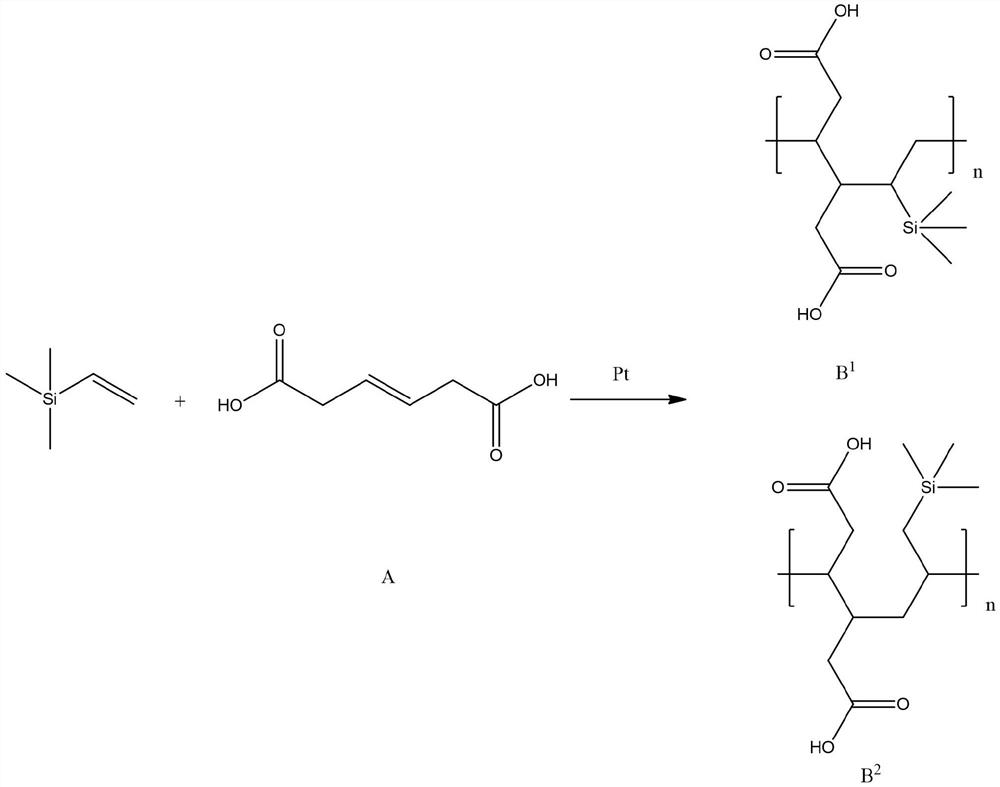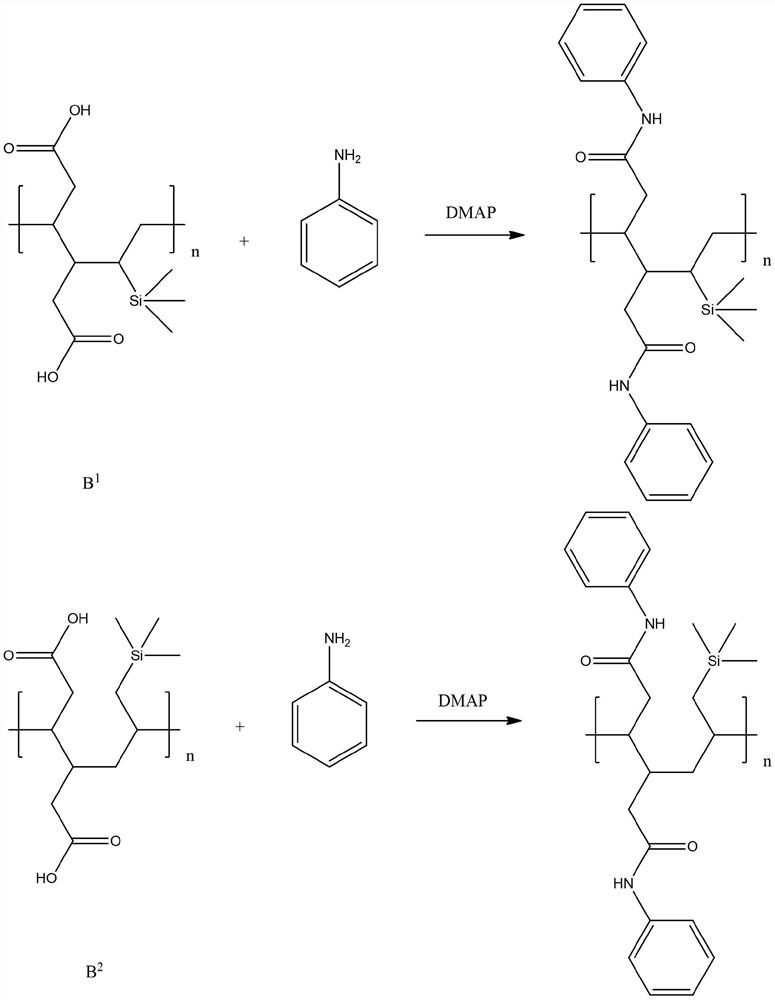Production process of wear-resistant anti-slip safety belt
A production process and technology for seat belts, applied in the field of seat belts, can solve problems such as affecting safe use performance, increasing temperature, and inconvenience
- Summary
- Abstract
- Description
- Claims
- Application Information
AI Technical Summary
Problems solved by technology
Method used
Image
Examples
Embodiment 1
[0034] This embodiment is a production process of a wear-resistant anti-skid safety belt, comprising the following steps:
[0035] S1: Select two yarn lines of nylon fiber and polyester fiber, and pass the two yarn lines through the drawing process. The share ratio of the two yarn lines in the drawing process is 1:2, and the obtained count is 20S Two kinds of raw sliver and 41S, the raw sliver is further processed into mature sliver, the cooked sliver is processed into roving with the same count and different twist, the roving is spun into spun yarn with a certain special number, and the blended spun yarn is wound. The blended spun yarn with a count of 20S is used as the warp yarn, and the blended spun yarn with a count of 41S is used as the weft yarn, which is placed on a textile machine for weaving and weaving gray cloth, and the gray cloth is put into a dyeing vat and dyed with reactive dye Lannersol. Dyeing, soaking in wear-resistant liquid, then washing and drying to obta...
Embodiment 2
[0043] This embodiment is a production process of a wear-resistant anti-skid safety belt, comprising the following steps:
[0044] S1: Select two yarn lines of nylon fiber and polyester fiber, and pass the two yarn lines through the drawing process. The share ratio of the two yarn lines in the drawing process is 1:2, and the obtained count is 20S Two kinds of raw sliver and 41S, the raw sliver is further processed into mature sliver, the cooked sliver is processed into roving with the same count and different twist, the roving is spun into spun yarn with a certain special number, and the blended spun yarn is wound. The blended spun yarn with a count of 20S is used as the warp yarn, and the blended spun yarn with a count of 41S is used as the weft yarn, which is placed on a textile machine for weaving and weaving gray cloth, and the gray cloth is put into a dyeing vat and dyed with reactive dye Lannersol. Dyeing, soaking in wear-resistant liquid, then washing and drying to obta...
Embodiment 3
[0052] This embodiment is a production process of a wear-resistant anti-skid safety belt, comprising the following steps:
[0053] S1: Select two yarn lines of nylon fiber and polyester fiber, and pass the two yarn lines through the drawing process. The share ratio of the two yarn lines in the drawing process is 1:2, and the obtained count is 20S Two kinds of raw sliver and 41S, the raw sliver is further processed into mature sliver, the cooked sliver is processed into roving with the same count and different twist, the roving is spun into spun yarn with a certain special number, and the blended spun yarn is wound. The blended spun yarn with a count of 20S is used as the warp yarn, and the blended spun yarn with a count of 41S is used as the weft yarn, which is placed on a textile machine for weaving and weaving gray cloth, and the gray cloth is put into a dyeing vat and dyed with reactive dye Lannersol. Dyeing, soaking in wear-resistant liquid, then washing and drying to obta...
PUM
| Property | Measurement | Unit |
|---|---|---|
| Breaking strength | aaaaa | aaaaa |
| Breaking strength | aaaaa | aaaaa |
| Breaking strength | aaaaa | aaaaa |
Abstract
Description
Claims
Application Information
 Login to View More
Login to View More - R&D
- Intellectual Property
- Life Sciences
- Materials
- Tech Scout
- Unparalleled Data Quality
- Higher Quality Content
- 60% Fewer Hallucinations
Browse by: Latest US Patents, China's latest patents, Technical Efficacy Thesaurus, Application Domain, Technology Topic, Popular Technical Reports.
© 2025 PatSnap. All rights reserved.Legal|Privacy policy|Modern Slavery Act Transparency Statement|Sitemap|About US| Contact US: help@patsnap.com



